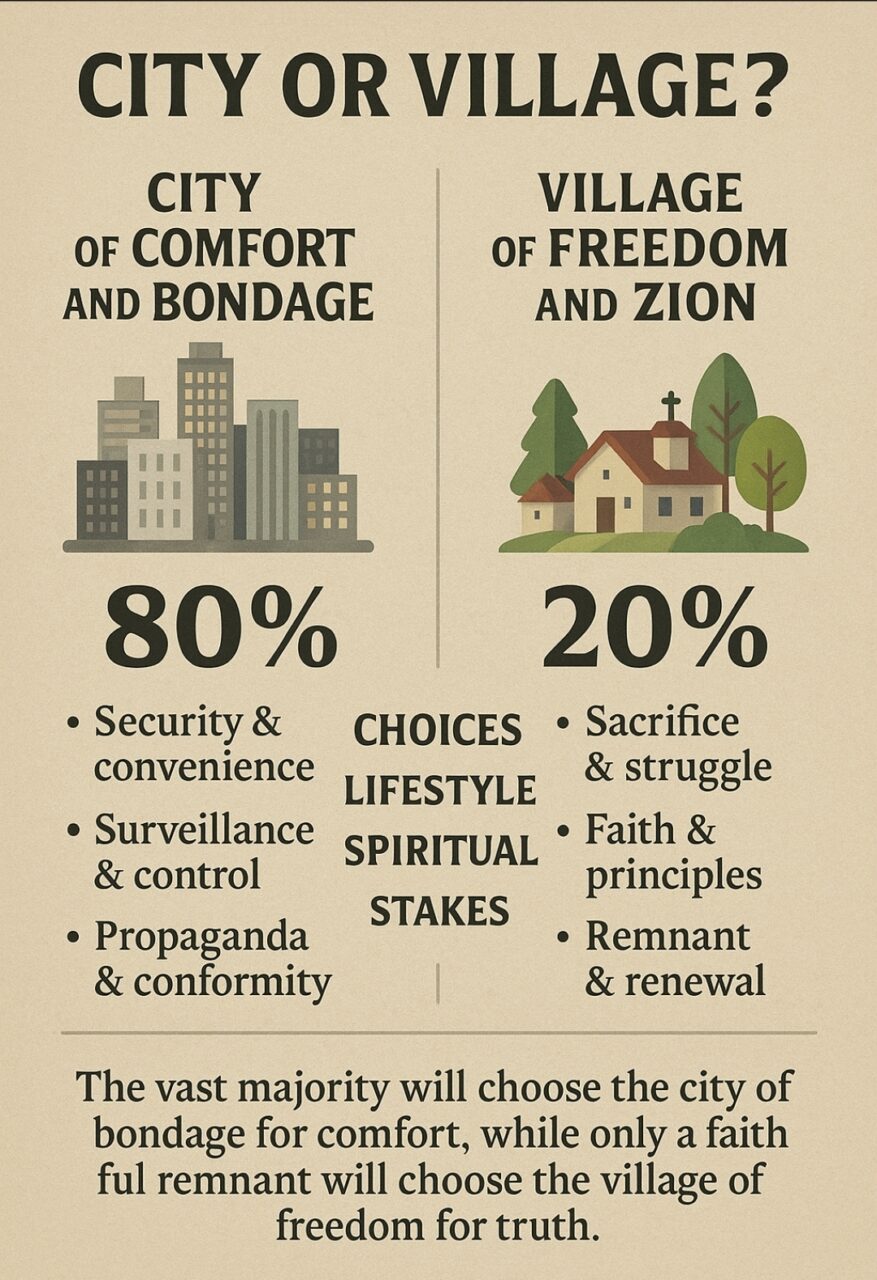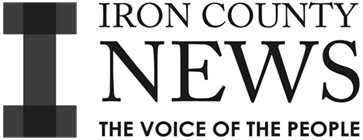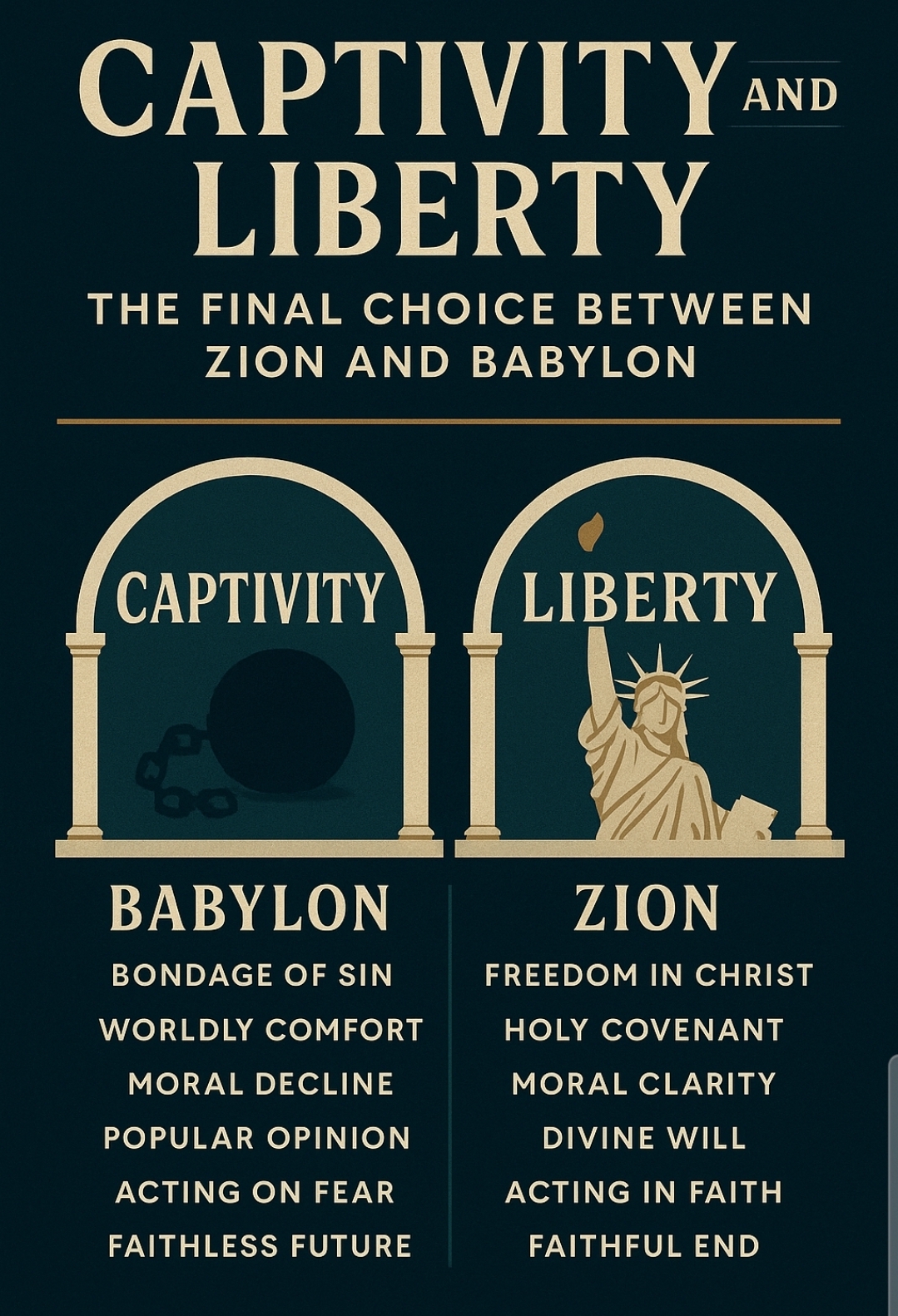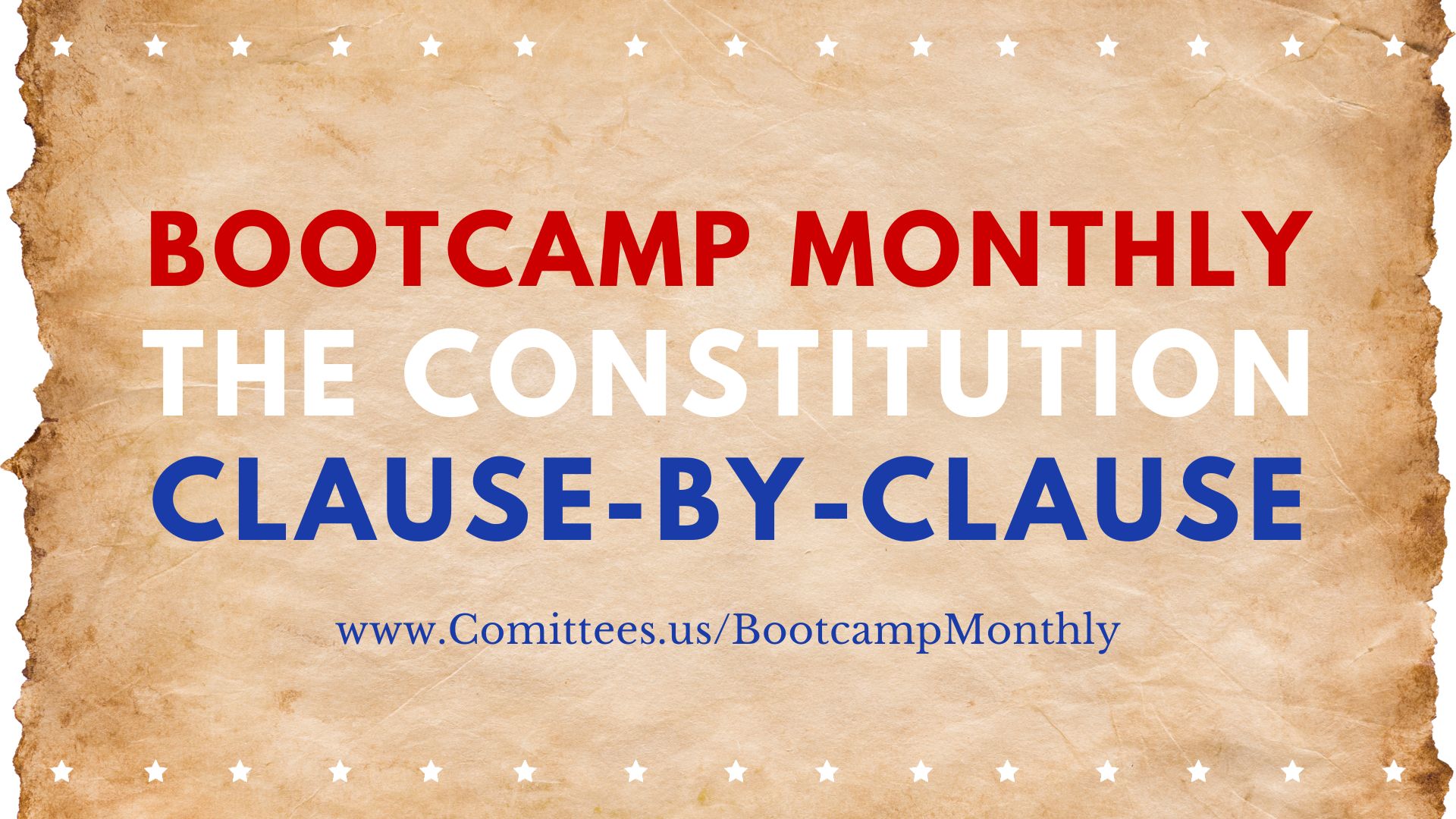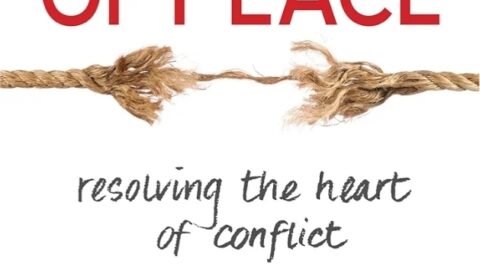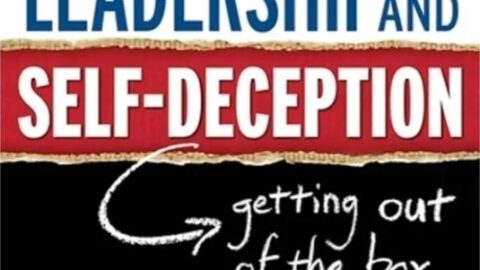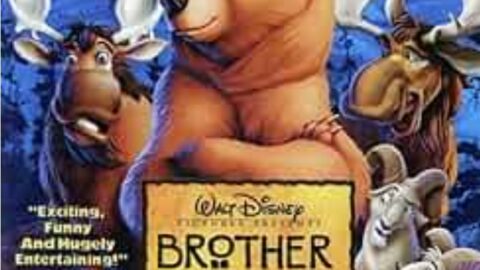Introduction: From Fractures to Futures
History doesn’t collapse all at once. It unravels slowly, through crises, compromises, and propaganda. The Tear in Truth showed us how this unraveling happens — each crack in trust pushing people deeper into illusion. The Tale of Two Civilizations revealed the outcome — a divided humanity: one half living in the high-tech city of managed captivity, the other retreating into off-grid enclaves of costly freedom.
This third piece is the bridge between them. Here, we explore how the tears lead to captivity, how the cell phone became the gateway, why the city’s pull feels irresistible, and how all of it ties into the ultimate conflict of Zion versus Babylon, God versus Satan.

Tears as Captivity Markers
Each tear in truth doesn’t just fragment society — it tilts the cultural landscape toward captivity. Lies believed – obedience normalized – dependence created.
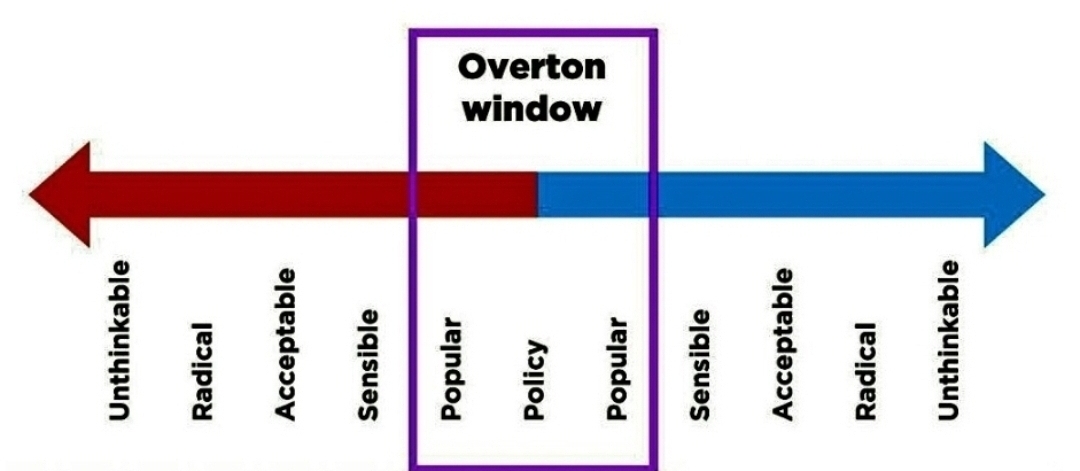
Over decades, this makes the city option feel not only easier, but inevitable. The majority drift step by step into managed captivity. The remnant, however, resists this pull, holding ground in liberty even as the world slides further into illusion.
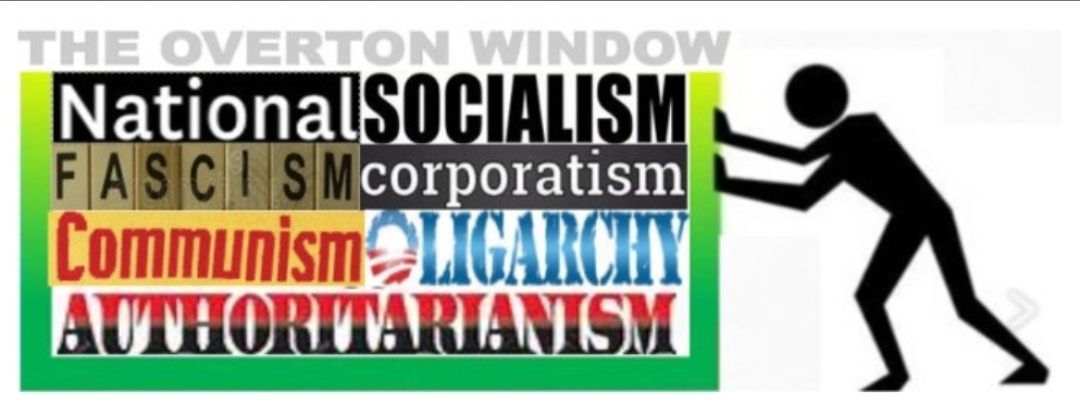
The Role of the Cell Phone
The cell phone deserves a place on the “major cracks” list alongside the Federal Reserve, 9/11, and COVID. It marked a profound cultural shift:
- Behavioral: rewired attention spans, replaced memory, turned communication into dopamine hits.
- Cultural: privacy dissolved, convenience became addictive.
- Psychological: a dumbing down — what we call “smart” is the opposite.
- Spiritual: the gateway tool. Just as marijuana is called a “gateway drug,” the phone is the gateway medium conditioning humanity for the mark of the beast.
It is not yet the mark, but it is the vehicle — the altar people willingly carry. It is the medium through which commerce, propaganda, identity, and surveillance are merged. The smartphone/mark isn’t just a convenience — it’s the test of allegiance.
Why Offense Will Happen
Here lies the irony: pointing out the phone’s role in captivity is itself offensive to many — and that very offense reveals its power.
- Captive Perspective (City-Oriented): For those immersed in the system, the phone is their lifeline. It represents work, family, entertainment, and identity. Suggesting it’s a tool of captivity feels like an attack on their way of life.
- Remnant Perspective (Village-Oriented): For those awake to propaganda, the phone is seen as a tool of psychological warfare — not neutral, but designed to erode independence and rewire thought. They will nod in recognition.
That tension itself reflects captivity: the inability to see outside the medium. People defend it not only because it is useful, but because it has become part of who they are.
William Casey’s Quote in Context
“We’ll know our disinformation program is complete when everything the American public believes is false.” — William Casey, CIA Director (1981)
The smartphone is the perfect delivery system for Casey’s vision:
- It feeds curated news, censored content, and algorithm-driven propaganda straight into the mind.
- It replaces memory (“I don’t need to remember; I’ll just Google it”).
- It turns truth into a popularity contest (likes, trends, and consensus = “truth”).
So depending on perspective, people will either defend it as indispensable or recognize it as Babylon’s most effective weapon.
The Captivity Spectrum in Action
The reactions to any critique of the cell phone map directly onto the captivity spectrum:
- Those deep in captivity: Offended, dismissive, defensive.
- Those halfway captive: Uneasy, but justify its usefulness.
- Those closer to liberty: Alarmed, resisting, or reducing reliance.
- The remnant: See it clearly as the gateway medium for the beast system.
The fact that people react differently is evidence of the captivity process itself. Offense is not just resistance to the idea — it is a symptom of dependency. When people feel personally attacked by a critique of their devices, it shows how deeply the phone has been woven into their identity and survival.
Psychological Pull of the City (FOMO)
The pull of the city isn’t only material. It’s psychological.
- Fear of Missing Out (FOMO): Already, people panic at being offline. In 2030, the fear will be irrelevance, exclusion, or being branded backward.
- Belonging vs. Exile: The city markets itself as progress; the village is cast as regression.
- Psychological Chain: The desire to belong is one of the strongest pulls into captivity.
This chain is often stronger than hunger or hardship. Many will choose captivity not because they are forced, but because they fear being left out.
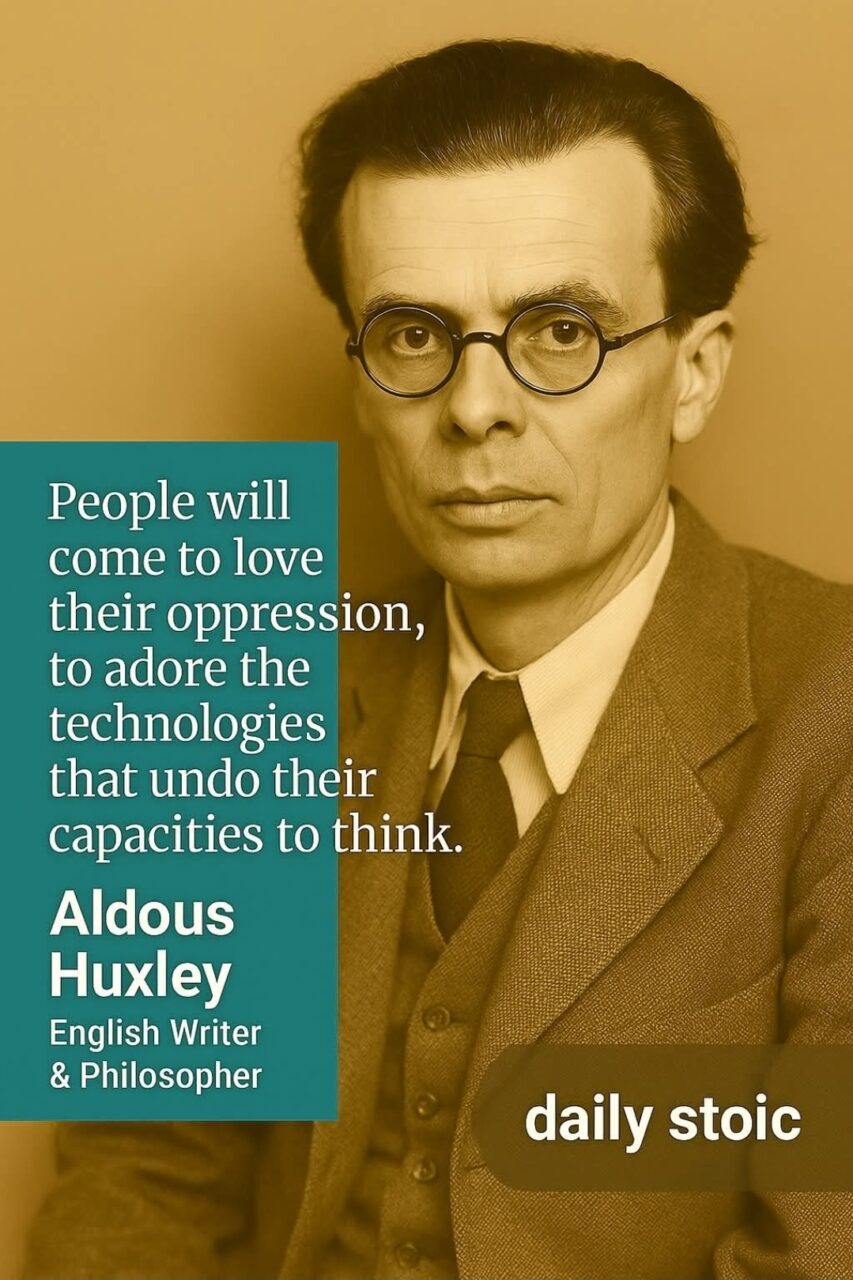
Liberty vs. Captivity Spectrum
The story can be visualized as a spectrum:
- Left Side (Captivity): Every tear slides the majority into illusions, comfort, dependency, and eventually the high-tech city.
- Right Side (Liberty): The remnant and guardians resist, pulling toward conscience, truth, and freedom — the off-grid village.
- Inflection Point: The cell phone accelerates the slide, transforming distraction into dependency, and dependency into captivity.
The tension between these poles defines not only our politics and culture, but our spiritual reality.
Zion vs. Babylon, God vs. Satan
What we are describing is not just sociology or psychology. It is prophecy.
- Babylon (City of Captivity): The high-tech city is Babylon reborn — commerce without conscience, convenience without liberty, belonging without truth. It is the system of the beast, dressed in modern technology but carrying ancient rebellion. Its promise is security, but its price is worship.
- Zion (Community of Freedom): The off-grid village foreshadows Zion — small, fragile, mocked, but rooted in truth, faith, and moral responsibility. It preserves liberty not by accident, but by allegiance to God. Its promise is hardship, but its reward is freedom.
- The Tears as Spiritual Choices: Each compromise with illusion is a step into Babylon. Each refusal of propaganda is a step toward Zion. What looks like politics, economics, or lifestyle is, at the deepest level, an act of allegiance — to God or to Satan.
- The Mark in Our Hands: The smartphone becomes Babylon’s tower. It is not evil in itself, but it is the medium through which the beast system merges commerce, propaganda, identity, and surveillance. To cling to it uncritically is to be drawn into Babylon. To resist it is to stand with Zion.
Conclusion: The Final Choice
The Tear in Truth explained the unraveling.
The Tale of Two Civilizations revealed the outcome.
This third piece shows the meaning: the battle is not only cultural or political — it is spiritual.
Every tear, every compromise, every choice carries us closer to captivity or closer to liberty. Beneath the surface, it is Babylon versus Zion, Satan versus God.
The question is no longer abstract. It is here, it is present, and it is personal:
Will we dwell in Babylon’s city of comfort, or Zion’s village of freedom?
Will we serve the Beast, or will we follow God?
